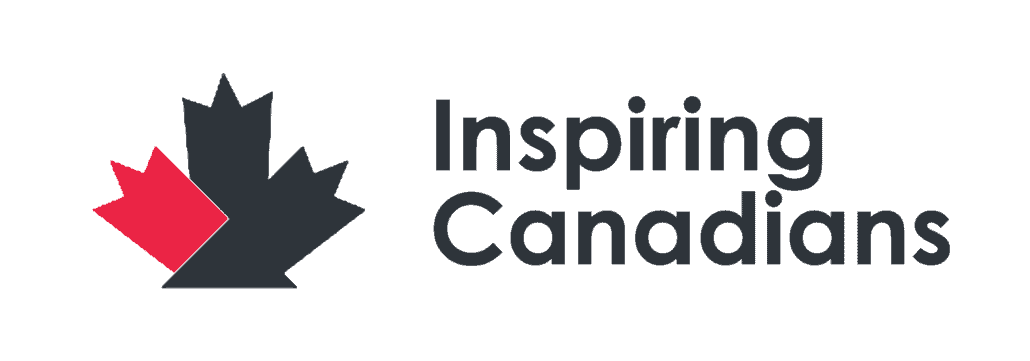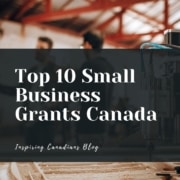10 key steps to finding jobs in Canada
10 key steps to finding jobs in Canada
Although Canadian companies offer a wide range of employment opportunities for locals, applying for and getting a job is a complex process. You must prepare and follow the steps to apply for a job in Canada. Today’s article will give you a step-by-step process. Read on!
1. Determine Your Eligibility
The first step is to determine your eligibility. It is a critical step for a foreigner seeking a job in Canada. Non-residents must enter Canada by following the legal procedure before starting to work there.
The purpose is to ensure you don’t have a criminal record, do not violate human rights, and are permissible in the country. Therefore, finding out about your eligibility is essential.
2. Obtain Work Permit
Obtaining a work permit is the second crucial step after determining your eligibility. If you are a foreigner, you must enter Canada through immigration or get a temporary work permit.
Some jobs do not require a work permit, such as performance artists, foreign government officials, emergency service responders, sports people, athletes, and delegations.
3. Apply for SIN
Apply for your social insurance number or SIN. People born in Canada already have the SIN number. However, if you are not from Canada, you will apply for the social insurance number because when you apply for a job, you will have to provide this number to the potential company.
4. Create a LinkedIn Profile
LinkedIn is the most popular social networking platform for job seekers. There are more than 600 million profiles on LinkedIn. So, create a LinkedIn profile, add relevant information, including recommendations from your previous employers/managers, and focus on your skills and experience.
5. Write a Resume
A resume is a document that creates the first impression on your potential employer or hiring manager in Canada. The one-page document highlights your qualifications, achievements, experiences, and skills employers require. Add the most relevant information to your resume to ensure you stand out from others.
6. Search for Jobs
Research companies and industries that align with your qualifications and skills. A perfect method to find a job in Canada is to search on job portals and professional networking sites like LinkedIn. Use the most relevant keywords to save time and browse pages/websites that align with your requirements.
7. Leverage Employment Agencies
Although you can use the internet, we recommend contacting government-based and private employment agencies in Canada. These organizations have extensive networks and experience to assist you in finding the best job.
8. Write a Cover Letter
A cover letter accompanies your resume. It tells your potential employer why they should hire or consider you for the job. Make sure your cover letter does not have more than three to four paragraphs. Research the company and include information that aligns with the position.
9. Fill Out the Job Application
Fill out the job application by adding the complete information. Avoid adding false or incorrect info when filling out the job application because this can reduce your chances of getting hired. Take your time, research, collect data, and generate insights to stay relevant.
10. Go the Interview
Congratulations, you have been called to the interview. However, this is the most challenging step. Prepare for the interview by networking on LinkedIn, collecting questions that the employer or hiring manager may ask during the interview, and practicing repeatedly. Dress professionally and keep a smile on your face during the interview. Remember, communication and confidence are crucial to success.
Final Words
Finding and landing your dream job in Canada is a daunting and time-consuming task, mainly when you apply for jobs in industries with intense competition. However, following these ten steps can streamline the entire process and increase your hiring chances. Good Luck!
- Article based on personal opinion, experience and research.
- Photos from Unsplash & canva.









